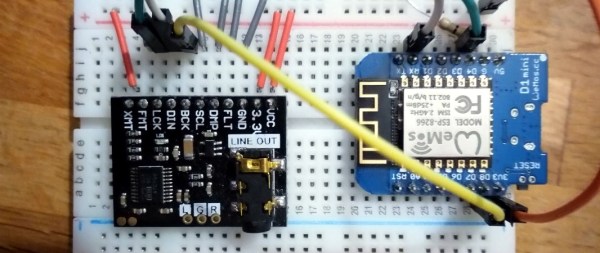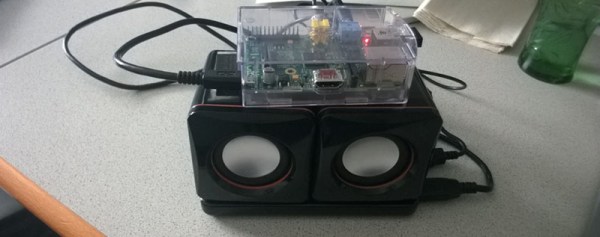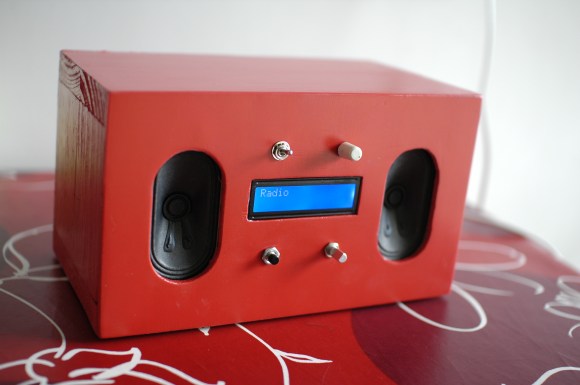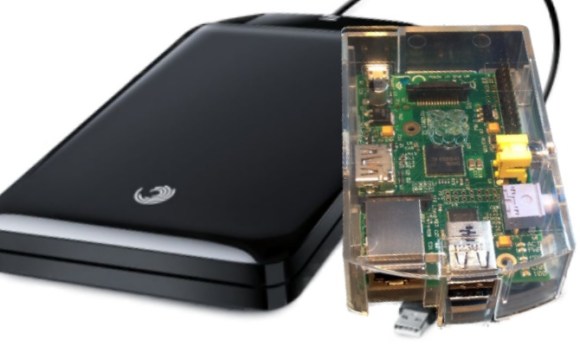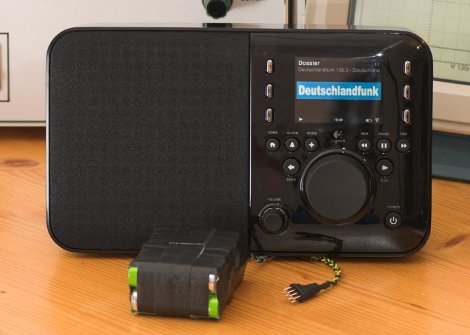Streaming music may now come from somewhere in the cloud to an app on your phone and be sent to the client built in to almost every entertainment device you own, but there was a time when the bleeding edge lay in dedicated streaming device that connected to your existing set-up. One of the players in this market was Logitech with their Squeezebox line of products, and while the original hardware may have been discontinued it remains very much alive among its dedicated userbase due to the free nature of the Logitech Media Server software and implementations of the slimproto streaming protocol in players. Now you can create a network player on about as cheap hardware as it is possible to find, because [Bgiraut] has produced a client for the ESP32 and ESP8266.
The software can be found on GitHub, and comes with the warning that it’s an early proof-of-concept rather than a polished release. It has two options for playback that both require a little bit of extra hardware, an I2S DAC for uncompressed streams or a VS1053 codec module for compressed ones, but neither of those need be expensive.
You can find Logitech Media Server from its download page, and give this device a try. Meanwhile we’ve covered many Squeezebox implementations, including ones on the Raspberry Pi, and the PogoPlug.
Thanks [joyofdivisions] for the tip.

